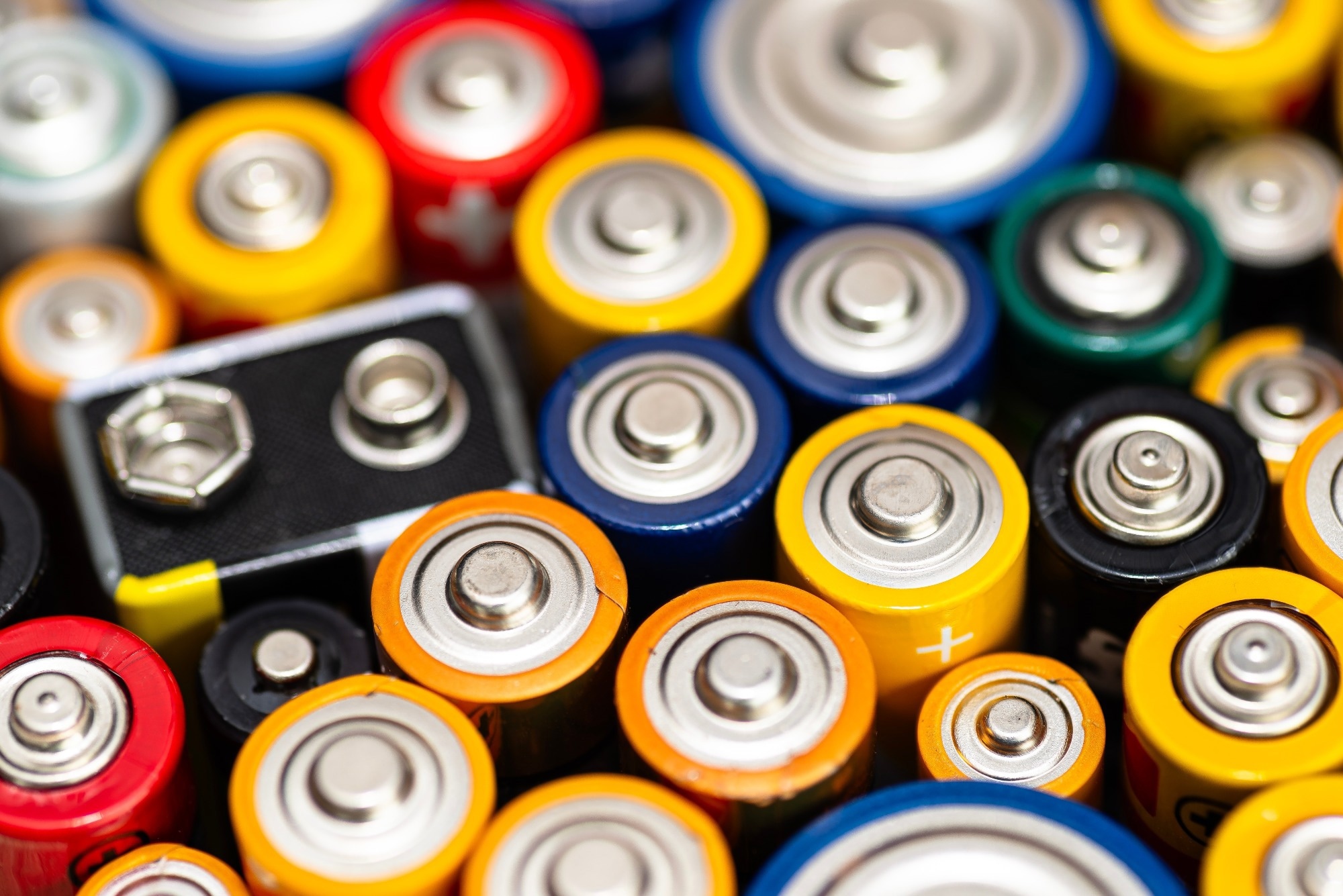Sponsored by ELTRA GmbHReviewed by Emily MageeJul 15 2025
Modern life is powered by batteries, from smartphones and laptops to electric vehicles and grid storage systems. Since Allesandro Volta’s pioneering work with the first battery, technology has advanced to create batteries in different sizes and chemistries.

Image Credit: Kinek00/Shutterstock.com
With applications as diverse as flashlights and large-scale energy storage, ensuring the performance, safety, and longevity of these batteries is crucial. Central to this is the precise chemical analysis of their components—especially the accurate measurement of elements like carbon, sulfur, oxygen, and nitrogen.
Why Elemental Analysis Matters in Batteries
Batteries rely on carefully controlled materials regardless of the type, primary (non-rechargeable) or secondary (rechargeable). Variations in elemental composition can affect capacity, efficiency, and safety. For research, quality control, or failure analysis, laboratories require reliable tools to analyze elements across a broad concentration range.
Advantages of Elemental Analyzers
Combustion and inert gas fusion analyzers, such as the ELEMENTRAC CS-i and ELEMENTRAC ONH-p2, require minimal sample preparation and can accommodate sample sizes ranging from 10 to 500 mg. This flexibility makes them ideal for analyzing materials that are not perfectly homogeneous. With robust, accurate results from trace ppm levels up to high percentages, these analyzers ensure a comprehensive understanding of the material’s overall composition.
How the ELEMENTRAC Series Works
The ELEMENTRAC ONH-p2 employs inert gas fusion in a high-powered electrode furnace to determine oxygen, nitrogen, and hydrogen contents. The process is streamlined and user-friendly: after logging the sample in the ELEMENTS software and placing it in the analyzer, all further steps are automated.
The sample is shielded from atmospheric gases, ensuring accuracy. As the sample melts in a graphite crucible, gases are released and analyzed, with advanced filtering and detection ensuring precise results. For cost efficiency, argon can be used as an alternative carrier gas for certain measurements.
The ELEMENTRAC CS-i, on the other hand, determines carbon and sulfur through high-temperature combustion in an induction furnace. After weighing and preparing the sample, the analysis is largely automated. The combustion products are purified and measured in up to four infrared cells, allowing sensitivity adjustments to fit specific needs. This ensures complete decomposition of inorganic samples and accurate elemental readings.
Choosing the Right Solution
Elemental analyzers offer critical insight for battery research, production, and quality assurance. However, factors such as sample type, required precision, and workflow integration must be considered. To explore which analyzer best suits your needs and to discuss your specific application, contact us today. Our experts are ready to help you find the optimal solution for reliable and efficient elemental analysis.

This information has been sourced, reviewed and adapted from materials provided by ELTRA GmbH.
For more information on this source, please visit ELTRA GmbH.